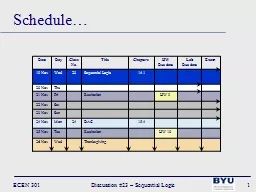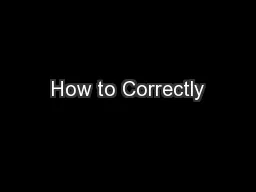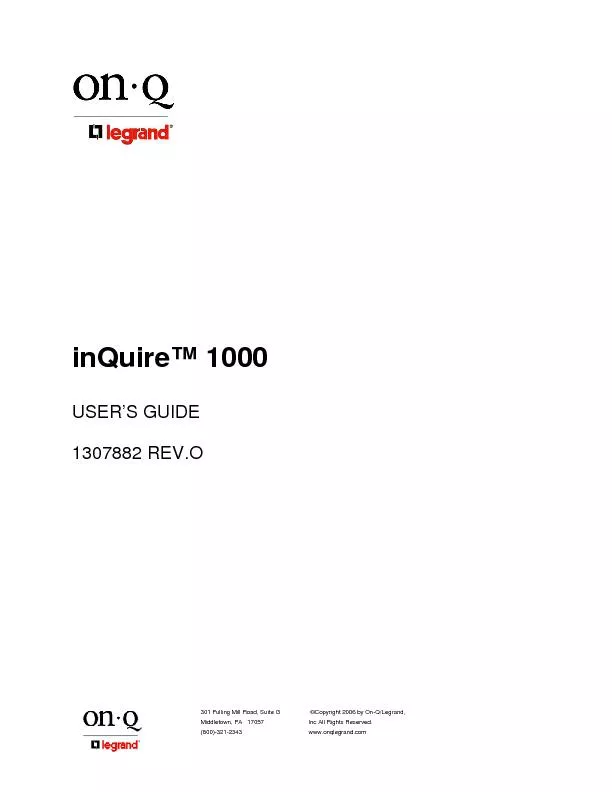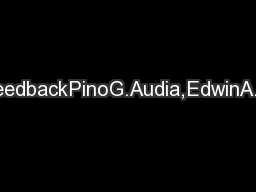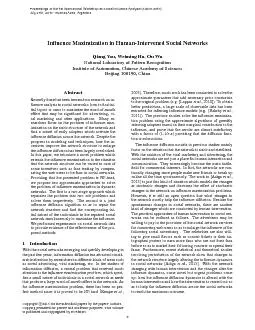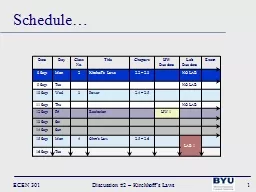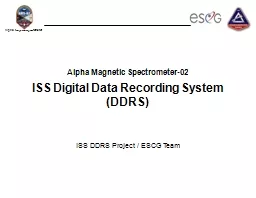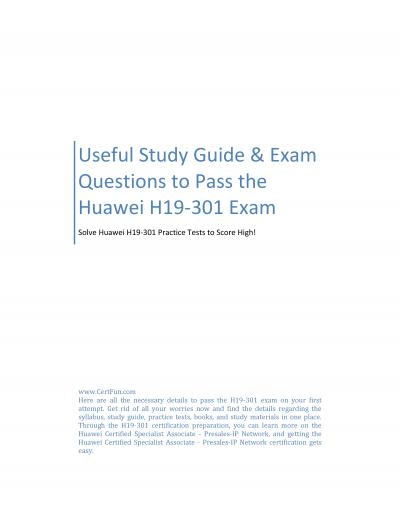PPT-ECEN 301 Discussion #
Author : marina-yarberry | Published Date : 2020-01-18
ECEN 301 Discussion 23 Sequential Logic 1 Date Day Class No Title Chapters HW Due date Lab Due date Exam 19 Nov Wed 23 Sequential Logic 141 20 Nov Thu
Presentation Embed Code
Download Presentation
Download Presentation The PPT/PDF document "ECEN 301 Discussion #" is the property of its rightful owner. Permission is granted to download and print the materials on this website for personal, non-commercial use only, and to display it on your personal computer provided you do not modify the materials and that you retain all copyright notices contained in the materials. By downloading content from our website, you accept the terms of this agreement.
ECEN 301 Discussion #: Transcript
Download Rules Of Document
"ECEN 301 Discussion #"The content belongs to its owner. You may download and print it for personal use, without modification, and keep all copyright notices. By downloading, you agree to these terms.
Related Documents

